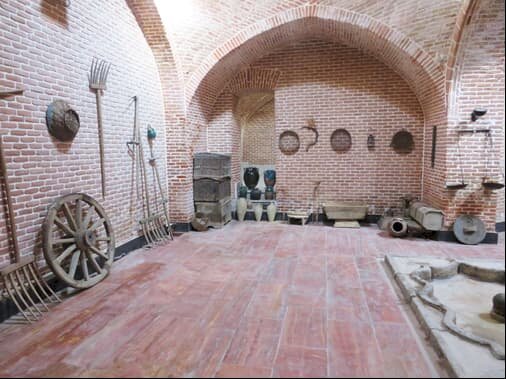Man donates relics to hometown heritage office in northwest Iran

TEHRAN – An Iranian man, who is a native of Salmas in northwest Iran, has recently donated some relics to his hometown’s office for cultural heritage, tourism, and handicrafts.
The objects include clay utensils, agricultural tools, bread baking tools, wooden boxes, chariot wheels and hand scales, which belong to the contemporary era, Afrasyab Geravand who presides over the cultural heritage office, announced on Sunday.
Some effective measures have been taken to encourage people in the region, which is located in West Azarbaijan province, to submit their historical and cultural objects to the cultural heritage department, the official added.
The donated objects will be kept under the name of their owners and will go on display occasionally, he explained.
West Azarbaijan embraces a variety of lush natural sceneries, cultural heritage sites, and museums including the UNESCO sites of Takht-e Soleyman and Qareh Klise (St. Thaddeus Monastery), Teppe Hasanlu, and the ruined Bastam Citadel.
The region has been the seat of several ancient civilizations. It formed part of Urartu and later of Media. In the 4th century BC, it was conquered by Alexander the Great and was named Atropatene after one of Alexander’s generals, Atropates, who established a small kingdom there. The area returned to the Persian (Iranian) rule under the Sasanians in the 3rd century CE.
The Arabs controlled Azerbaijan from the 7th century until Turkish nomads overran it in the 11th century. Thenceforth the inhabitants of the region were Turkish speakers. The region was overrun by the Mongols in the 13th century, and, under the ruler Hulegu, Azarbaijan became the center of a Mongol empire extending from Syria on the west to the Oxus River (now Amu Darya) on the east.
ABU/AFM
